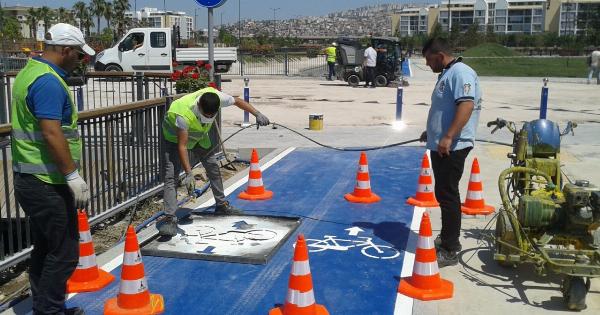As an expecting mother, one of the most exciting moments is when you begin to experience the signs that labor is starting. It is important to be aware of these signs so you can be prepared and seek medical assistance when needed.
While every pregnancy is different, there are certain common indicators that labor may be imminent. In this article, we will discuss some of the key signs to look out for to know if labor has started.
The Onset of Labor
The onset of labor is a process that usually unfolds gradually. For some women, labor begins slowly and progresses steadily, while for others, it may initiate abruptly. Understanding the different stages of labor can help you identify when it has begun.
The Early Signs
During the early stage of labor, there are several physical and emotional changes that you may notice. These signs can include:.
1. Braxton Hicks Contractions
Braxton Hicks contractions, also known as “false labor,” are common during the later stages of pregnancy. However, as labor approaches, these contractions may become more frequent, intense, and regular.
Unlike true labor contractions, Braxton Hicks contractions do not usually increase in intensity or frequency.
2. Baby Dropping
As your due date approaches, you may notice that your baby’s head settles deeper into your pelvis. This is known as “lightening” or the baby dropping.
You may feel increased pressure on your bladder and experience less shortness of breath, as your baby’s head no longer puts as much pressure on your diaphragm.
3. Cervical Changes
During pregnancy, your cervix remains long, firm, and closed to protect the baby. As labor begins, your cervix will start to soften, thin out, and open up. This process is referred to as cervical effacement and dilation.
You may notice a pinkish or brownish discharge, known as the “bloody show,” which indicates cervical changes.
The Signs of Active Labor
Once you have passed the early stage of labor, you will enter the active stage. This is when your contractions become stronger, longer, and more frequent. Some signs of active labor include:.
1. Regular and Strong Contractions
Active labor is characterized by contractions that are consistently increasing in intensity, duration, and frequency. They usually last between 45 to 60 seconds and occur every three to five minutes.
2. Breaking of the Waters
Breaking of the amniotic sac, commonly referred to as the “water breaking,” is another sign of active labor. This may occur as a sudden gush or a slow trickle of fluid. If your water breaks, it is vital to contact your healthcare provider.
3. Intensified Lower Back Pain and Pressure
As the baby moves down the birth canal, you may experience increased pressure in your lower back and possibly shooting pains down your legs. These sensations are known as back labor.
If you are concerned about the intensity of your back pain, consult your healthcare provider.
4. Increased Bloody Show
During active labor, the bloody show may become more prominent. It typically consists of blood-tinged mucus and is an indication that your cervix is further dilating.
When to Seek Medical Assistance
While most labors progress without any complications, it is crucial to know when to seek medical assistance. If you experience any of the following signs, contact your healthcare provider immediately:.
1. Heavy Vaginal Bleeding
Excessive bleeding during pregnancy or labor can be a sign of a serious issue, such as placenta previa or placental abruption. Seek medical help immediately if you notice heavy bleeding.
2. Decreased Fetal Movement
If you notice a significant decrease in your baby’s movements, it may be a cause for concern. Contact your healthcare provider to have your baby’s well-being evaluated.
3. Severe and Prolonged Abdominal Pain
Severe or prolonged abdominal pain could indicate a problem requiring urgent medical attention. Trust your instincts and consult your healthcare provider if you feel something is not right.
Conclusion
Recognizing the signs that labor has started is an essential part of preparing for childbirth. While every woman’s experience is unique, knowledge of the common indicators can help you understand the progression of labor.
As always, trust your instincts and consult with your healthcare provider if you have any concerns throughout your pregnancy and labor journey.



























